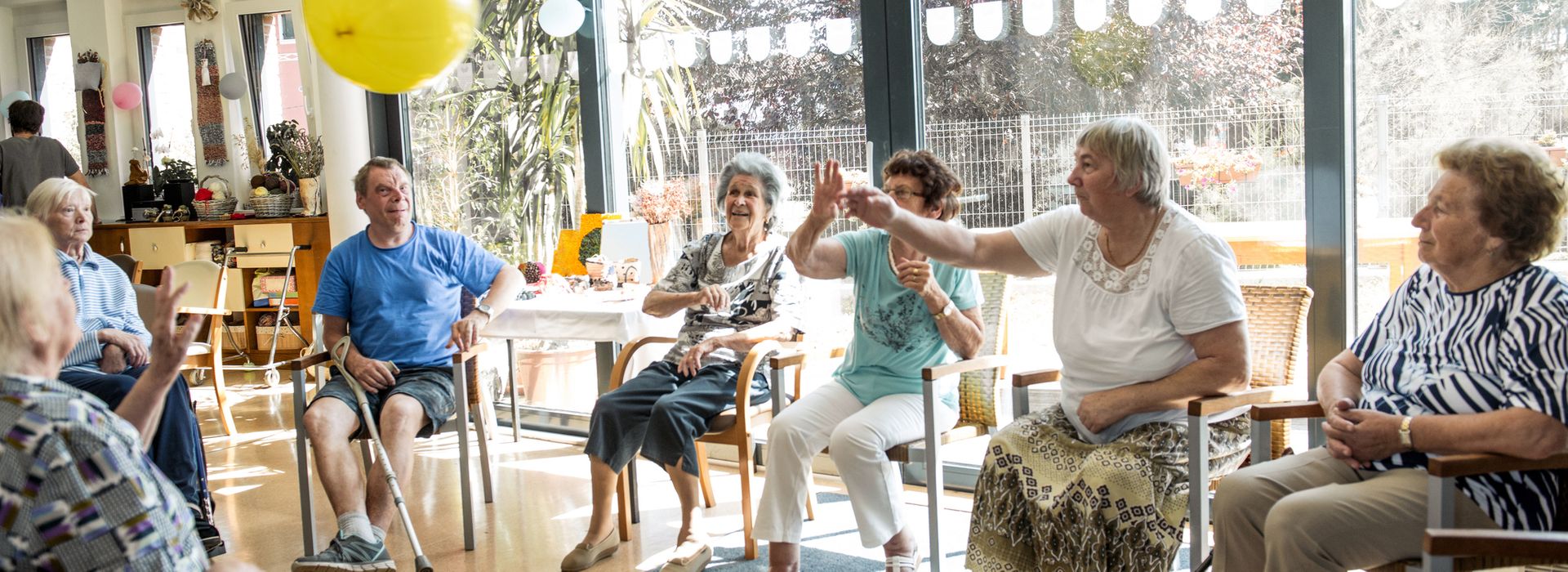A positive attitude in the care sector (or any sector), is a choice. It’s important we understand that the audit, inspection and improvement process is a positive and continuous cycle. Just 1% of adult social care services are rated outstanding by the CQC, and YOU could be one of them! That’s a fantastic prospect, right?
So how do we start preparing for CQC inspections so that we can actually start looking forward to them? A positive, open and passionate culture is able to tackle fresh challenges and will readily evolve to improve care quality. That way, you put yourself in a much better position to be one of the 1%!
Below, I have put together my top tips based on experience of working with some of the top performing care providers across the country, to ensure you are much more likely to look forward to your next CQC inspection, showcase your best practice and gain positively from the inspection experience.
- Embrace ‘Mock Inspections’ and See Them as a Positive Process
A good measure of whether a service is open to change and improvements is if they are open to ‘Mock Inspections’, and how well they receive the news of an Audit or Inspection. Is your in-house mock inspection toolkit fresh, up to date and in line with the updated CQC Inspection Methodology, Framework and Key Lines of Enquiry? Draw up an action improvement plan based on the findings of your internal or external ‘Mock Inspection’ audit. It’s much better to pick up on any gaps or issues yourself so that you can be proactive and put things right positively, rather than having to be reactive following a potentially negative CQC inspection.
- Promote & Demonstrate Positive, Strong & Transparent leadership
In any care or support organisation, the culture and motivation is determined by the leadership. If a care service is led by positive, passionate and motivated persons, the whole service’s team will inevitably learn from this and it will reflect in their delivery of care. Likewise, the team will feel safe and inspired by a leader who is positive, transparent and clearly conveys their vision and motives.
- Demonstrate a Continuously Improving & Positive Organisational Culture
A team who care and work for each other will ensure individuals feel safe and wanted. Carers who are optimistic about the service, their leaders and their fellow carers, contribute to a culture which breeds good care. Again, strong leadership is vital, and the leadership team is required to be visibly and actively promoting an open and positive culture at all levels.
- Passionately Lead & Engage Your Team
A leadership team that is engaged in the service and is willing to get stuck in to find out the real issues will almost certainly be an effective one. A good oversight of care management and practice results in leaders who know the pulse of their service, staff that feel valued and secure, residents/patients who receive good quality care, and family and friends who have confidence in the care provided.
- Use and Demonstrate Effective Systems & Processes
Good leaders create and use strong systems and processes that drive continuous improvement to support themselves and the service they run. There is a need for systems that: support you to manage and update your organisation around your CQC compliance (especially in terms of the need for CQC compliant policies and procedures and care management processes), help plan staffing and train staff effectively, manage essential functions such as safeguarding and incident recording, reporting and safety alerts, and finally, systems that strengthen governance and help to ensure transparency so that services can learn and improve when things go wrong.
- Positive Collaboration with Partners & Engagement with Those Who Use Your Service
Trust me, after 20 years-and-some in the sector, I know managing a care provider organisation is never easy to get 100% right, reiterating the huge importance of increasing your chances by collaborating with people who use your services, their family (where appropriate), other service providers, the voluntary sector and building cohesive community relationships.
- Knowledge is Power: Understand the Inspection Process, KLOE’s, Prompts and Sources of Evidence that the CQC look at
The key lines of enquiry (KLOE’s), prompts and sources of evidence sections help you answer these five key questions: is the service safe, effective, caring, responsive and well-led? Understanding of the fundamental standards, KLOE’s and characteristics gives you and your team an insight into the inspection process, which will increase your confidence in dealing with the inspectors positively.
If you have carried out all of the above and you still feel your positivity waning, or feel you are losing your way, it’s okay (we all have our bad days, especially if we feel scrutinised). I do however recommend that you look to the great leaders of our time, look at the outstanding CQC reports and see if you can be inspired, emulate and innovate. Think of all those Providers who have faced great adversity prior to their outstanding ratings and have still come through the other side.
“A pessimist sees the difficulty in every opportunity; an optimist sees the opportunity in every difficulty.” – Winston Churchill

Author: Samuel Barrington, Chief Executive at Care Improvement Associates Ltd
Contact: samuel@theciagroup.co.uk
Website: www.theciagroup.co.uk
























